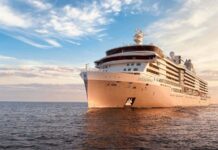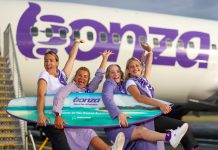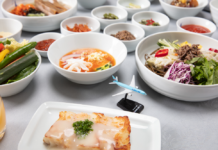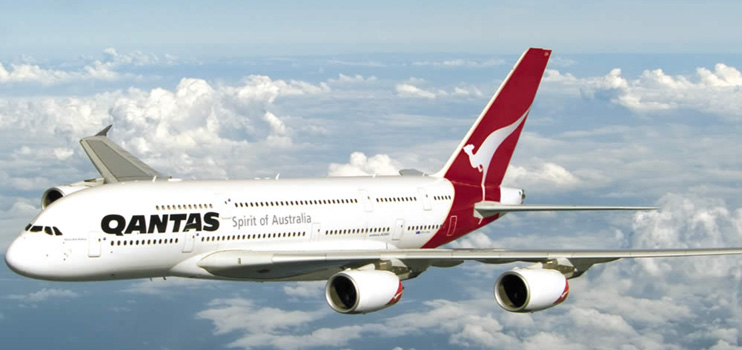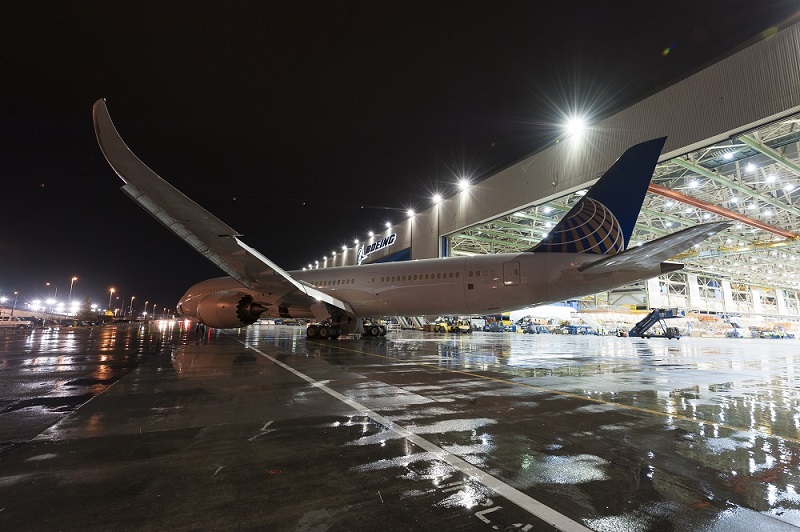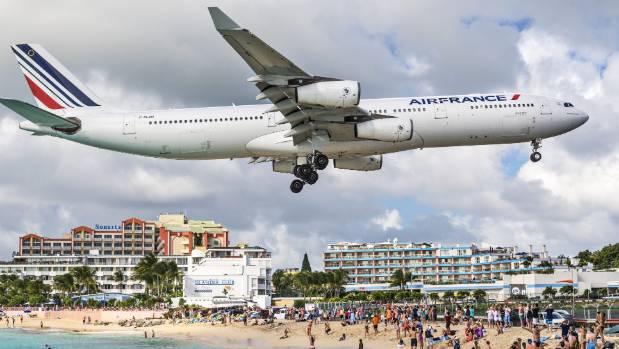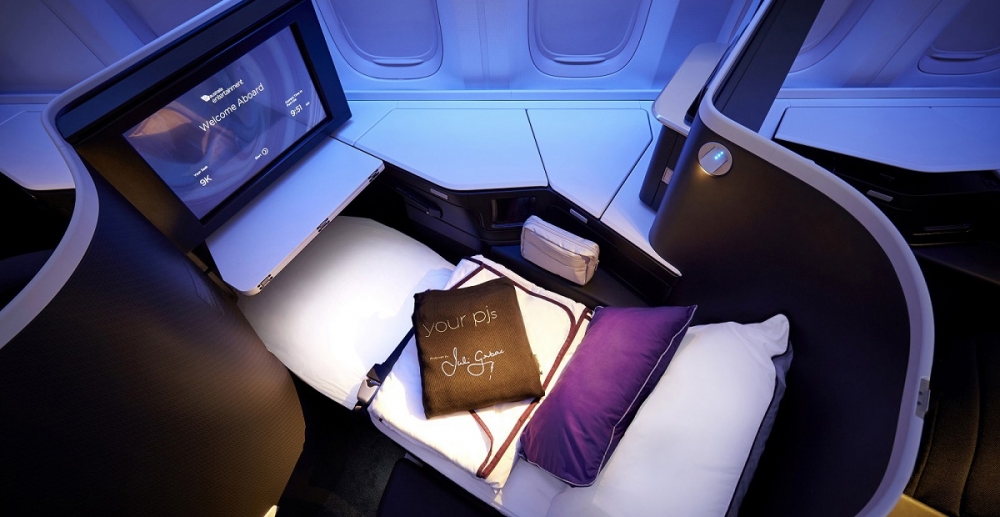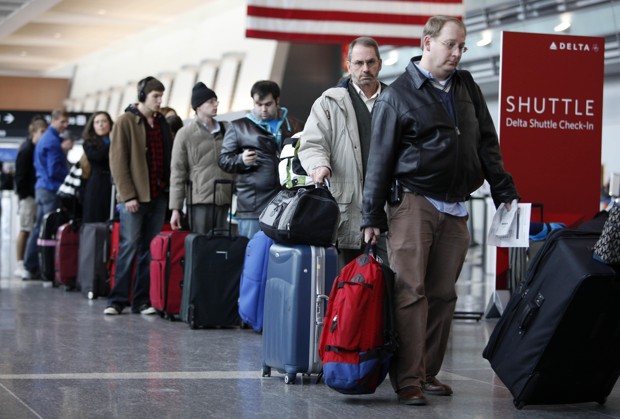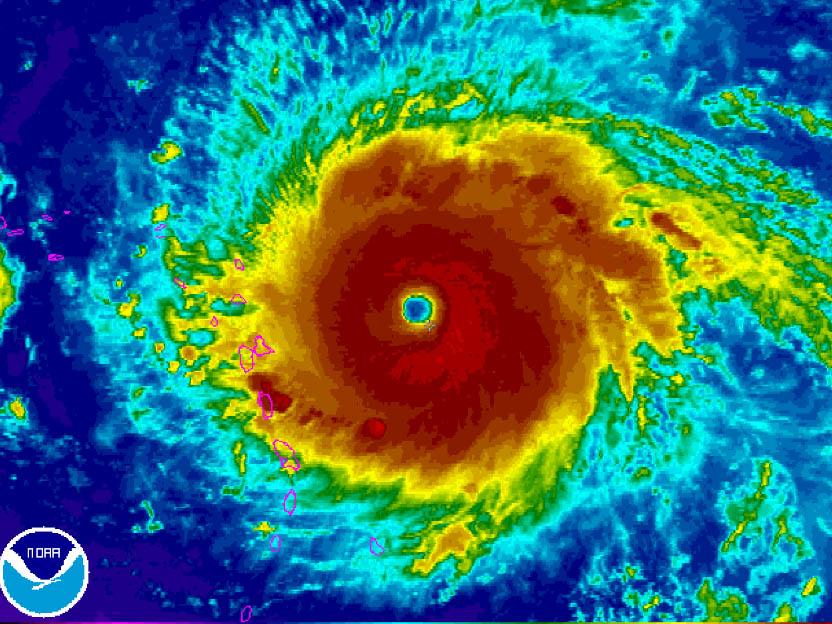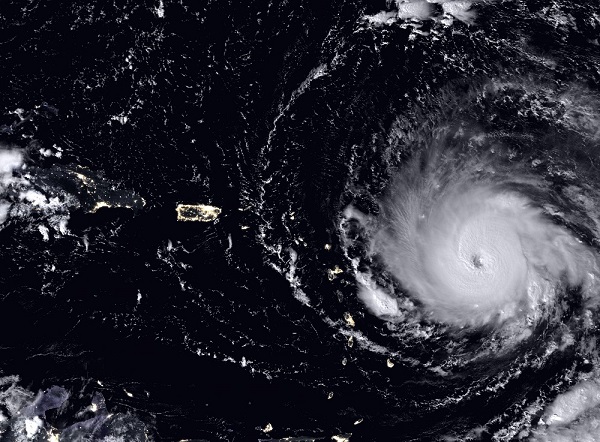AIRBUS will upgrade the cabins on Qantas A380 superjumbos in a contract that will see a long-awaited overhaul of the aircraft’s business class and the introduction of a new lounge on the aircraft.
The airline announced the multi-million-dollar upgrade in August and will introduce its acclaimed business suites to the double-decker planes and boost overall premium seating by 27 percent.
The addition of another six business class and 25 premium economy seats is in response to an increased demand for premium cabins on flights to the US, Europe, and Asia.
It is made possible by removing 30 economy seats and rearranging a crew workstation to use space more effectively.
The premium economy seats will be the version debuting on its Boeing 787s later this year and will be 10 percent wider than the existing seat in a 2-3-2 configuration.
First class will remain on the lower deck but will be refurbished, while economy seats will get new cushioning and improved inflight entertainment.
Work on the 12 A380s is due to begin in the second quarter of 2019 and Airbus said the new interior would take advantage of the superjumbo’s large floor area to most efficiently use the upper deck premium cabins.
It revealed it would develop specifically- tailored monuments for Qantas — the fixtures such as galleys and toilets — as well as “a new and unique business lounge area in the forward upper-deck”.
Work should be finished by “around the end of 2020”, it said.
Airbus Commercial Aircraft EVP programs Didier Evrard said the upgrade showed the continued confidence of Qantas in A380 as a key member of its fleet and a unique way for passengers to travel.
The Qantas A380s will accommodate 485 passengers after the upgrades — and increase of one — with 14 first suites, 70 business suites, 60 premium economy seats and 341 seats in economy.
Although Airbus is struggling to sell A380s, the superjumbo remains popular with passengers and the way airlines initially configured their cabins means it has developed a reputation as a comfortable plane in which to travel.
More than 170 million passengers have flown on the double-decker aircraft and some 240 airports now accommodate it.



